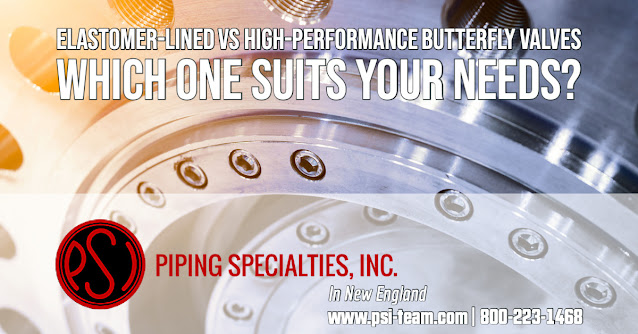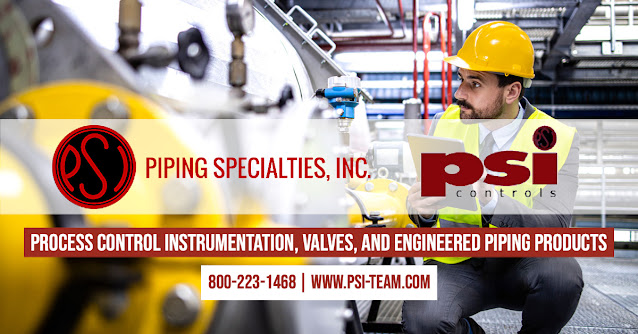The operation of industrial processes is a delicate balance of efficiency, safety, and maintenance. A crucial part of maintaining this balance is ensuring the smooth operation of material handling systems, which often employ chutes to transport bulk materials. One common complication these systems face is the problem of chute blockages or plugging, a critical issue that can lead to costly downtime, equipment damage, and potential safety hazards.
Plugged chute detection technologies mitigate these challenges, offering early detection and warning of chute blockages. However, the effectiveness of these technologies varies, and understanding their characteristics is essential for making an informed decision.
Overview of Plugged Chute Detection Technologies
Plugged chute detection technologies fall into three broadly classified groups, mechanical, acoustic, and electromagnetic methods.
Mechanical systems, such as tilt switches and paddle wheel indicators, are simple and inexpensive but prone to mechanical failure and false alarms due to vibration or material buildup. They also require regular maintenance to function effectively.
Acoustic detectors, on the other hand, utilize microphones to listen for changes in the acoustic signature of material flow. While this can be an effective method, it is sensitive to environmental noise and requires sophisticated signal processing to distinguish between normal and blocked flow.
Electromagnetic methods include capacitive probes, microwave radar, and RF Admittance. These offer non-contact detection and are less prone to false alarms and mechanical failures—however, the material's properties, environmental conditions, and installation setup affect their performance and application.
RF Admittance: The Optimal Choice
After an extensive review of these technologies, RF Admittance emerges as the overall best selection for plugged chute detection for several reasons:
Reliability
RF Admittance technology uses a probe to measure changes in the dielectric constant (a property of materials that affects their response to an electric field) between the sensor and the chute wall. When the chute is clear, the admittance (the measure of how easily a circuit or device allows an electric current to pass) between the probe and chute wall will be at one level, and when the chute is blocked, the admittance will change significantly. This reliable detection method leads to fewer false alarms than mechanical and acoustic systems.
Resistance to Material Buildup
One of the significant advantages of RF Admittance technology is its resistance to material buildup on the probe. The technology uses a driven shield construction that ensures only the material near the active sensor affects the reading. This feature helps to eliminate the risk of false alarms due to material buildup, a common issue in other technologies.
Versatility
RF Admittance technology works with various materials, regardless of their conductive or non-conductive properties, making it a versatile solution in different industries handling multiple types of bulk materials.
The Drexelbrook Solution
The Drexelbrook Plugged Chute Detector consistently identifies whether material is flowing through chutes. If the material ceases to flow due to a blockage, an alarm from the flush-mounted capacitance sensing element will be triggered, prompting further necessary actions such as notifying an operator or shutting down a conveyor belt.
The Drexelbrook detector, also known as a blocked chute switch, reliably tracks the presence or absence of bulk solids material in chutes without compromising flow speed. This cost-effective device ensures the continuous flow of materials.
Its robust sensor design makes this point-level switch optimal for handling materials such as coal, wood chips, ores, and powders. Since it is flush mounted through a chute wall, there is no protrusion into the chute to hinder or obstruct material flow.
The point-level switch can automatically identify and disregard coatings, thus preventing false alarms. It features a universal power supply that auto-detects and adjusts to the input power source.
Unlike similar technologies, the point-level switch for detecting plugged chutes permits remote electronics installation at a convenient or safer location.
The dependable detection of plugged chutes ensures smooth plant operations and significantly reduces the chance of spills due to blockages.
Key Features:
- Availability of both curved and flat sensors
- DPDT relay dry contacts rated at 5A, 120VAC
- Requires less maintenance compared to other technologies; devoid of any moving parts that could potentially hang up or wear out
- Utilizes Drexelbrook PML series electronics
- Auto-detecting supply voltage range: 19-250 VAC, 18-200 VDC, without the need for jumpers






